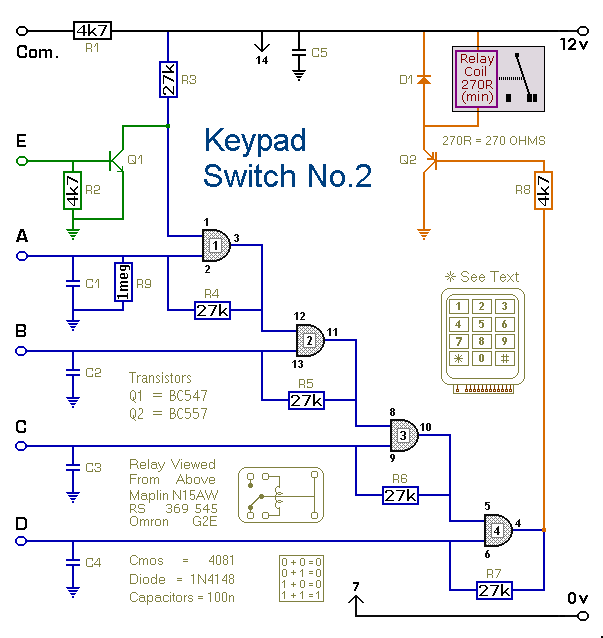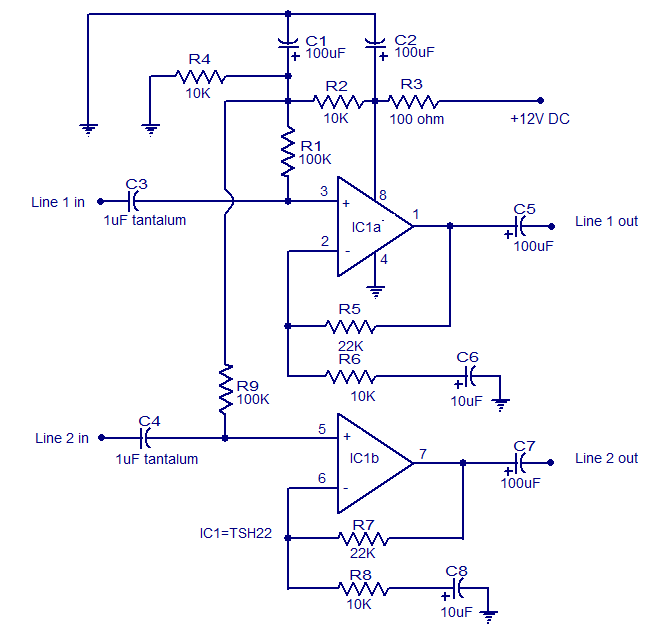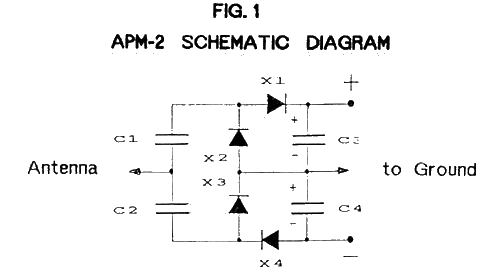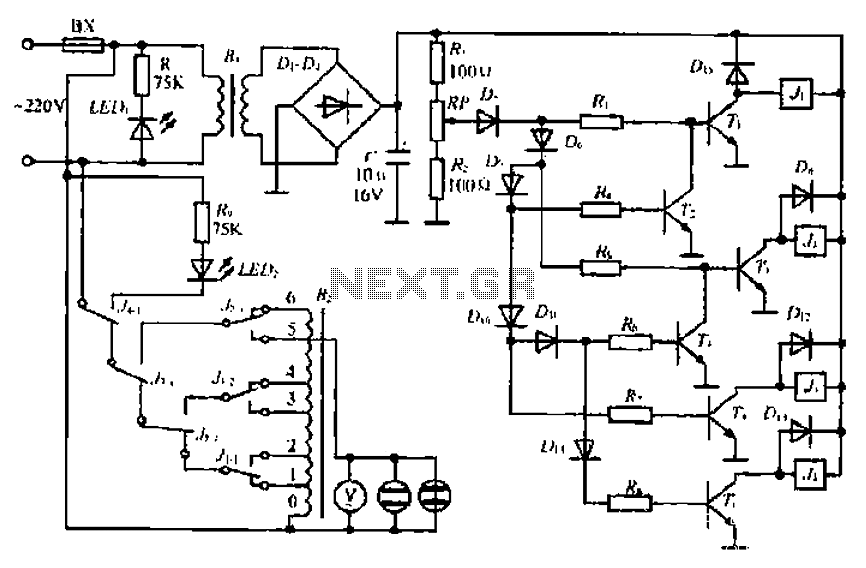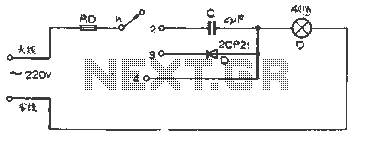
A Low Power Wireless Audio Power Amplifier circuit
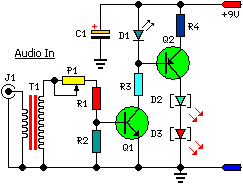
This low-cost project enables audio reproduction from a television without disturbing others. It eliminates the need for wired connections between the TV and loudspeakers. Instead, it utilizes invisible infrared light to transmit audio signals from the TV to the loudspeakers. A range of up to 6 meters is achievable without the use of lenses, and this range can be extended by incorporating lenses and reflectors with infrared sensors that include transmitters and receivers.
This project employs an infrared (IR) transmission system to wirelessly deliver audio signals, making it an effective solution for personal audio experiences in shared environments. The core components of the system include an infrared transmitter, which is connected to the audio output of the television, and a corresponding infrared receiver linked to the loudspeakers.
The infrared transmitter converts the audio signals from the TV into modulated infrared light signals. This modulation is crucial as it allows the audio information to be encoded onto the IR light wave, enabling it to be transmitted over a distance. The design can utilize standard IR LEDs, which emit infrared light that is invisible to the human eye, ensuring that the transmission does not disturb others in the vicinity.
The receiver, typically comprised of an IR photodiode or phototransistor, detects the incoming infrared signals and demodulates them back into audio signals. These audio signals are then amplified and sent to the loudspeakers for playback. The system's effective range of up to 6 meters without lenses is due to the direct line of sight required for infrared transmission; however, the use of lenses and reflectors can significantly enhance the range and focus of the transmitted signal.
In terms of power requirements, the transmitter and receiver circuits can be powered by low-voltage DC sources, making the system energy-efficient. Additionally, the project can be designed to include basic control features, such as volume adjustment at the receiver end, providing users with an intuitive interface to manage their audio experience.
Overall, this infrared audio transmission system represents a practical and innovative approach to personal audio solutions, minimizing the clutter and inconvenience of wired connections while providing flexibility in installation and use.Using this low-cost project one can reproduce audio from TV without disturbing others. It does not use any wire connection between TV and Loud Speaker. In place of a pair of wires, it uses invisible infra-red light to transmit audio signals from TV to Loud speakers, Without using any lens a range of up to 6 meters is possible. Range can be extended by using lenses and reflectors with IR sensors comprising transmitters and receivers..
🔗 External reference
This project employs an infrared (IR) transmission system to wirelessly deliver audio signals, making it an effective solution for personal audio experiences in shared environments. The core components of the system include an infrared transmitter, which is connected to the audio output of the television, and a corresponding infrared receiver linked to the loudspeakers.
The infrared transmitter converts the audio signals from the TV into modulated infrared light signals. This modulation is crucial as it allows the audio information to be encoded onto the IR light wave, enabling it to be transmitted over a distance. The design can utilize standard IR LEDs, which emit infrared light that is invisible to the human eye, ensuring that the transmission does not disturb others in the vicinity.
The receiver, typically comprised of an IR photodiode or phototransistor, detects the incoming infrared signals and demodulates them back into audio signals. These audio signals are then amplified and sent to the loudspeakers for playback. The system's effective range of up to 6 meters without lenses is due to the direct line of sight required for infrared transmission; however, the use of lenses and reflectors can significantly enhance the range and focus of the transmitted signal.
In terms of power requirements, the transmitter and receiver circuits can be powered by low-voltage DC sources, making the system energy-efficient. Additionally, the project can be designed to include basic control features, such as volume adjustment at the receiver end, providing users with an intuitive interface to manage their audio experience.
Overall, this infrared audio transmission system represents a practical and innovative approach to personal audio solutions, minimizing the clutter and inconvenience of wired connections while providing flexibility in installation and use.Using this low-cost project one can reproduce audio from TV without disturbing others. It does not use any wire connection between TV and Loud Speaker. In place of a pair of wires, it uses invisible infra-red light to transmit audio signals from TV to Loud speakers, Without using any lens a range of up to 6 meters is possible. Range can be extended by using lenses and reflectors with IR sensors comprising transmitters and receivers..
🔗 External reference
